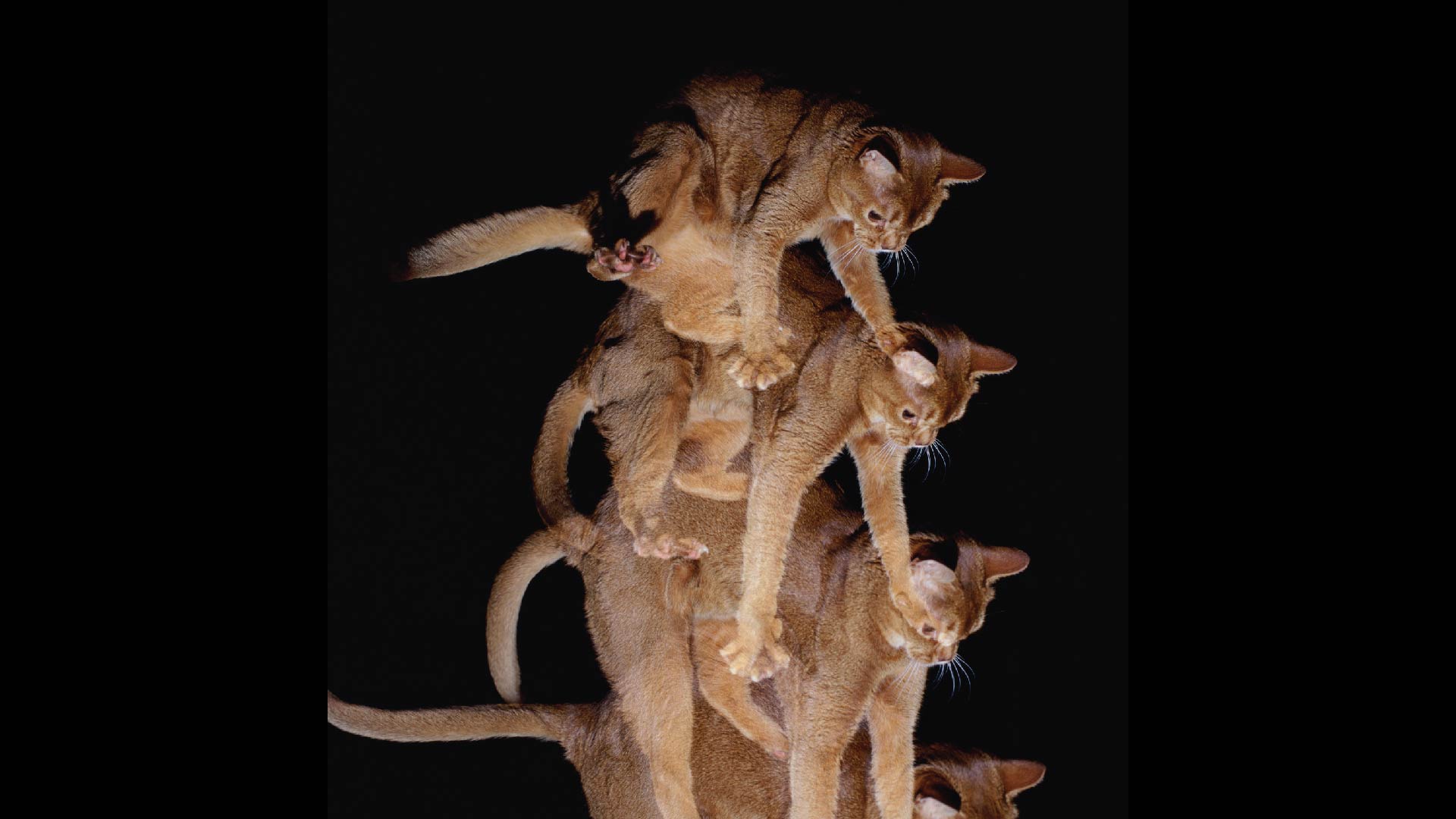Animals, Vol. 13, Pages 2295: Contribution to the Study of Perioperative Factors Affecting the Restoration of Dog’s Mobility after Femoral Head and Neck Excision: A Clinical Study in 30 Dogs
Animals doi: 10.3390/ani13142295
Authors: Androniki Krystalli Aikaterini Sideri George M. Kazakos Anthi Anatolitou Nikitas N. Prassinos
This study aimed to compare postoperative analgesia and the time of limb weight bearing induced by the intraoperative administration of a local anesthetic at the site of the femoral head and neck excision (FHNE) in dogs, with and without the administration of preoperative epidural anesthesia. Additionally, the impact of postoperative opioid drug administration on weight-bearing time was examined. This randomized, blinded, prospective clinical study included 30 client-owned dogs. The dogs were randomly divided into three groups (A, B, C), each further divided into two subgroups (A1, A2, B1, B2, C1, C2). Group A received epidural anesthesia and ropivacaine at the ostectomy site, Group B received only ropivacaine, and Group C served as the control group. Subgroup 1 received a non-steroidal anti-inflammatory drug postoperatively, while Subgroup 2 had tramadol added to their regimen. Pain assessment was conducted using the University of Melbourne Pain Scale (UMPS) and an algometer. The study concluded that multimodal analgesia, utilizing all the aforementioned analgesic techniques, resulted in faster limb weight bearing for dogs undergoing FHNE.

 9 months ago
19
9 months ago
19


